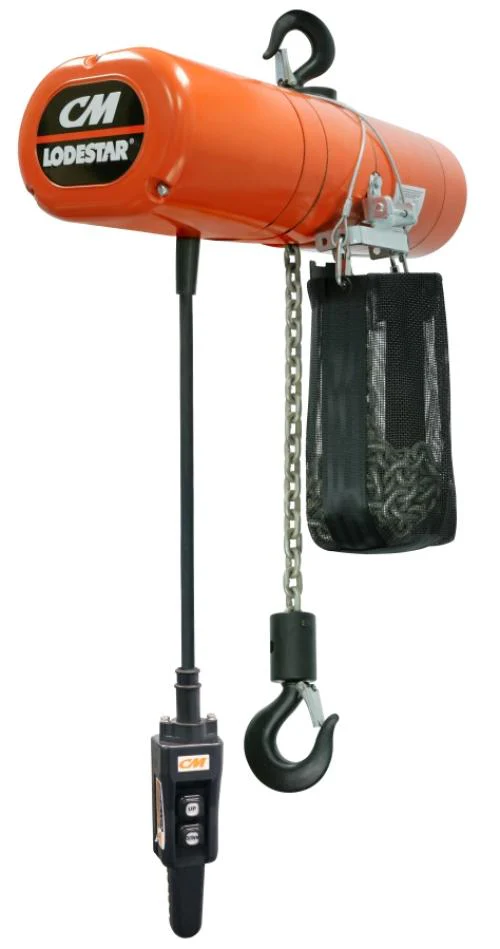Lifting heavy loads is an essential part of many industries, ranging from construction to manufacturing and maritime operations. However, to ensure that lifting is carried out safely and efficiently, it is vital to use the right rigging equipment. This equipment helps distribute the weight, control the load, and avoid accidents that could lead to injuries or damage.
Whether you’re in charge of overseeing lifting operations or just starting to learn about rigging, understanding the core tools and their correct use is crucial for ensuring a successful operation.
Understanding Rigging and Its Applications
Rigging refers to the system of tools and equipment used to lift, secure, and move loads safely. It involves a wide range of activities, including hoisting materials, positioning heavy objects, and supporting loads during transport. Industries that depend on rigging equipment include construction, logistics, shipping, manufacturing, and even entertainment production for stage setups.
The primary goal of rigging is to ensure that lifting tasks are completed without endangering the workers or the equipment. Safety is at the core of any rigging operation, as improper use or inadequate equipment can lead to equipment failure, falls, or even fatalities. Rigging requires technical knowledge, proper tool selection, and careful consideration of factors such as load capacity and environmental conditions.
Core Rigging Equipment and Its Functions
Rigging equipment comes in a variety of forms, each serving a specific purpose during the lifting process. The right tools ensure that the job gets done quickly and safely, making them indispensable in many workplaces.
Slings
Slings are used to attach the load to the lifting device, such as a crane or hoist. There are several types of slings, including wire rope slings, chain slings, and synthetic slings made from materials like nylon or polyester. Each type of sling has its advantages depending on the load, environment and required lifting capacity.
Wire rope slings are commonly used in heavy-duty applications due to their high tensile strength, while chain slings are particularly useful for heavy loads or in environments where abrasion resistance is critical. Synthetic slings, made of materials like nylon, are often chosen for their flexibility and lightweight nature, making them ideal for lifting delicate or irregularly shaped loads.
Shackles
Shackles are essential components in rigging systems. They serve as connectors between the load and lifting equipment, such as hooks, slings, or chains. Shackles come in different forms, including D-shackles and bow shackles, each designed for specific lifting situations. D-shackles are generally used when there’s a direct load applied along the shackle’s axis, while bow shackles allow for more versatile applications, as their shape accommodates multi-directional load angles.
Shackles are made from high-strength materials such as steel or alloy steel, and their load capacity is marked on the body. When selecting a shackle, it is crucial to ensure that the load it will bear does not exceed the rated working load limit. Additionally, inspecting shackles for deformation, corrosion, or cracks is vital for maintaining safe lifting operations.
Hooks
Hooks are another key element in rigging systems. They are typically used to connect the rigging components to the lifting load. The most common types of hooks include eye hooks, clevis hooks, swivel hooks, and grab hooks. Each hook type serves a different function depending on the lifting requirements.
Safety latches are often included in hooks to prevent the sling or load from coming loose during the lift. Swivel hooks, for instance, allow for movement during the lift, making them ideal for rotating or repositioning the load. Without safety latches, hooks could pose a significant risk, as an unsecured load could become detached mid-lift.
Safety Standards and Best Practices
Load testing and certification of equipment are necessary to ensure the rigging gear can handle the weights they are rated for. Moreover, workers involved in rigging should undergo proper training to recognize hazards and adhere to safety protocols.
Electric chain hoists play a vital role in modern rigging operations by providing a safe and efficient method for lifting and positioning heavy loads. Commonly used in construction, manufacturing, and even theatrical settings, these hoists offer precise control, reduce manual strain on workers, and help prevent injuries associated with traditional lifting methods.
When used correctly and maintained according to manufacturer guidelines, electric chain hoists enhance overall rigging safety by ensuring consistent performance and minimizing the risk of load shifts or equipment failure. Incorporating electric hoists into rigging systems is a best practice that supports both operational efficiency and compliance with safety standards.
Common rigging mistakes, such as overloading slings, using damaged equipment, or improper lifting techniques, can lead to accidents. Understanding and following safety guidelines is the best way to avoid these issues and ensure smooth and efficient operations.
Safety is paramount when working with rigging equipment. Various organizations, including OSHA and ASME, provide detailed guidelines and regulations for rigging operations. These standards cover everything from the selection of equipment to the inspection and maintenance procedures.
Choosing the Right Rigging Equipment for Your Needs
Selecting the appropriate rigging equipment is crucial for both safety and efficiency. The weight, shape, and material of the load are key factors when choosing rigging gear. Additionally, the environment—whether it’s indoors or outdoors, high temperatures, or exposure to chemicals—can influence the equipment’s suitability.
It is important to carefully read the load capacity charts and labels on rigging equipment. These charts provide vital information on how much weight the equipment can safely handle and under what conditions. Consulting with experienced rigging professionals can also help ensure that the right tools are selected for each specific job.
Conclusion
Rigging equipment plays a crucial role in ensuring safe and efficient lifting operations. By understanding the various types of rigging tools, following safety standards, and ensuring proper maintenance, you can significantly reduce the risk of accidents and improve operational efficiency. Choosing the right equipment and handling it with care will help you execute lifting tasks confidently, whether you’re moving construction materials, shipping goods, or involved in other heavy-lifting operations.



